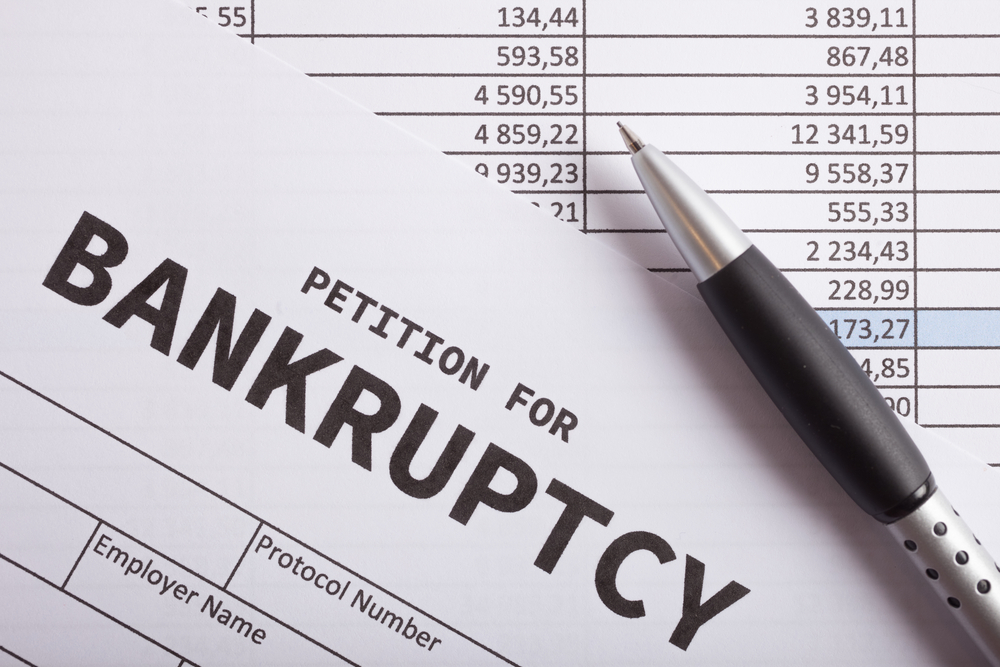Banks and other financial institutions have had their fair share of problems along the way. Even though it is difficult to picture the world in which do not exist, or are not in control, but not every one of these institutions is successful over time. In fact, there have been quite a few banks that failed miserably over time, most of which are located in the United States.
#6 Long-term Credit Bank of Japan (1998)
A total of three top Japanese banks were responsible for postwar economic growth. The Long-term Credit Bank of Japan was one of these banks and even became the world’s 9th largest company based on asset value. Unfortunately, the bank suffered from over US$19.2bn in bad debt after the Japanese asset bubble burst. In 1998, the Japanese government nationalized LTCB and turned it into a commercial bank called Shinsei Bank.
#5 MCorp (1989)
Unlike most other banks which will make this list, Mcorp did not fail due to bad loans. Instead, their downfall was caused by a real estate bubble getting popped, combined with poor economic circumstances at the time. Their concentrated portfolio of real estate and the energy sector was not sufficient to keep MCorp afloat, and insolvency was the only logical outcome. Unfortunately, it was later on revealed MCorp’s assets were poor in quality.
#4 Bank of New England (1991)
Truth be told, the Bank of New England was not the only bank to fail on this date. Two of its sister banks, Maine National Bank and Connecticut Bank and Trust, were caught in the crossfire as well. It even forced the FDIC to insure all deposits, even if they exceeded the US$100, 000 insurance limit. A mounting number of bad loans eventually caused all three banks to collapse, a scenario that has been affecting quite a lot of banks over the past few decades.
#3 First Republic Bank (1988)
Throughout the 1980s, there has been a wave of savings and loan crises, which affected nearly every bank in the world. First Republic Bank was the largest of its kind to succumb to the pressure, at a time during which their assets topped US$33.4bn. It is also one of the most costly bank failures in US history, as the FDIC was forced to inject US$3.9bn. Nonperforming loans, combined with a deterioration of the Texas real estate market created an outflow of depositors. A lot of money was transferred out through wire transfers and ATM withdrawals, effectively ending the First Republic Bank as it was known at the time.
#2 Continental Illinois National Bank and Trust (1984)
Over three decades ago, the Continental Illinois National Bank and Trust were one of the largest of its kind to fail. Back in 1981, this institution as the 6th largest in the US, which did not prevent it from going under in 1984. Nonperforming loans, similar to those Italian banks are suffering from right now, generated significant losses. The FDIC failed this bank was too large to fail. This institution is also a recipient of one of the largest US government financial bailouts.
#1 Washington Mutual (2008)
The biggest US bank to go under is Washington Mutual, and their demise took place in 2008. That makes it one of the most recent bank failures, most people will remember. Due to the financial crisis of 2007-2008, the bank had no choice but to go under. More importantly, their assets were seized by the FDIC, and JPMorgan successfully acquired the failed bank for the price of US$1.9bn in the same year. Unfortunately, their US$307bn worth of assets and US$188bn worth of deposits were impossible to recuperate.
If you liked this article, follow us on Twitter @themerklenews and make sure to subscribe to our newsletter to receive the latest bitcoin, cryptocurrency, and technology news.

